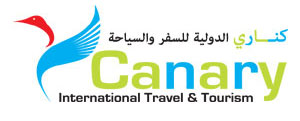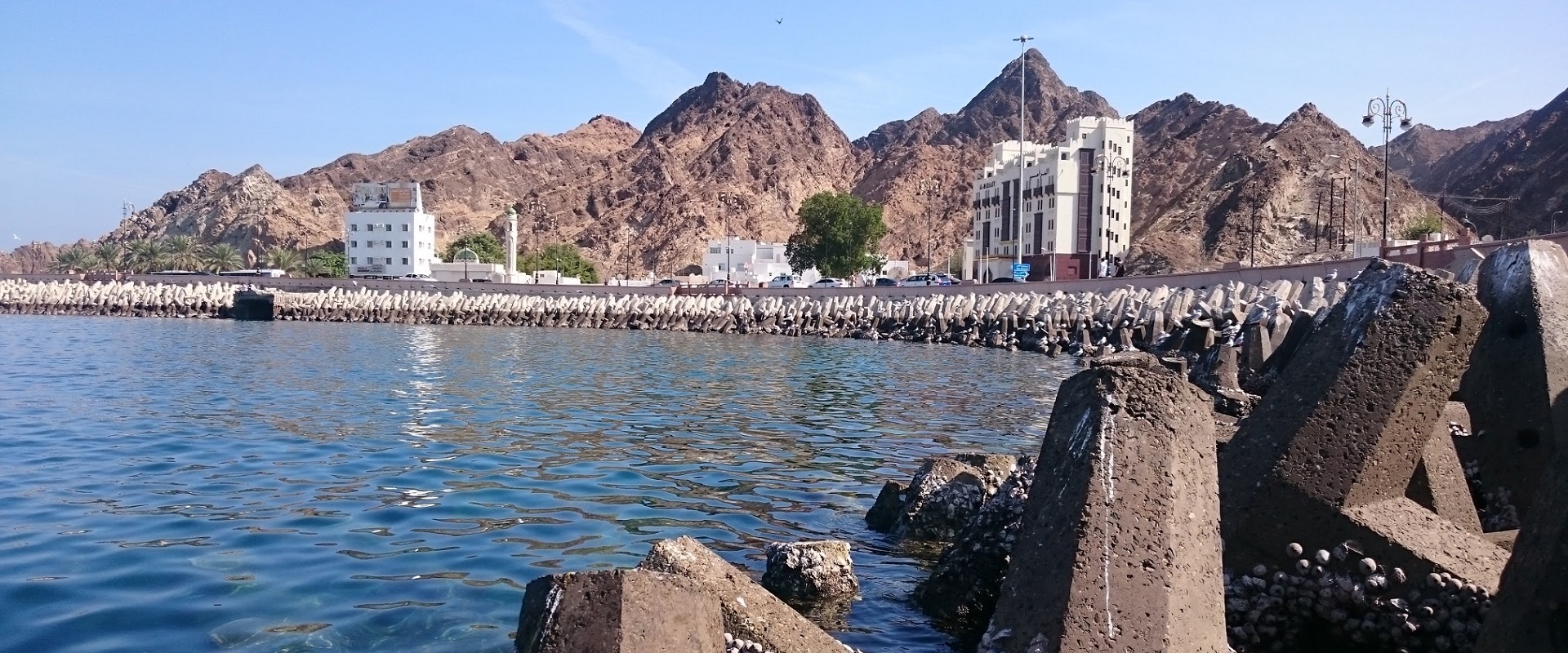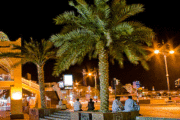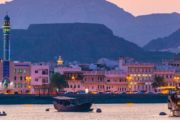Muttrah Souk is the most famous and oldest Souk in Muscat city. Muttrah Souq is located along the corniche to Mutrah (Old Muscat). Here you will visit the Oman National Museum and the charming Bait al Zubair, a private museum housing traditional Omani items reflecting the country’s rich heritage. Nearby is His Majesty Sultan Qaboos’ Al Alam Royal Palace in Muscat protected in the bay by the famous twin forts of Jalali and Mirani, rebuilt by the Portuguese. There are other traditional souqs outside Muscat that are woth visiting.
The traditional Arabic market place is called the souq and these are found in many of the towns throughout the Sultanate. One of the oldest preserved souqs in Oman.. Gold and silver jewellery is found in abundance as well as numerous wooden carvings, ornaments and spices. Muttrah souq is a maze of pathways leading in and out of each other. ‘Household’ goods make up the bulk of the souq, but browsing through some of the smaller shops may result in a lucky find. Bargaining is a must, however. Gold and silver are well priced and mainly sold by weight. Good buys are silver khanjars (the traditional Omani dagger, worn by men) and incense burners.
Nizwa souq hosts a lively cattle market early each Friday morning where cows, goats and sheep are auctioned. The obstinate behaviour of the animals often provides great amusement for the spectators. There is an abundance of local handicrafts and produce in the covered souq. Silversmiths can be seen hammering patterns into the hilts of khanjars and women sell the birka, a glittering, embroidered facemask worn by local ladies.
Sinaw souq is best visited early in the morning on weekends. It has similar ware to Nizwa souq, including a cattle market. Some of the silver shops sell the old silver Bedouin jewellery, but you have to look hard. This is actually the new souq, the old one being situated to the rear. The old one is now abandoned.
Ibra souq is open to all, as long as you are female! It is a fairly recent innovation, opened in 1990 and is held on Wednesday mornings. It is the only souq in Oman which lends itself totally to the needs of women. Lotions, cosmetics, powders, textiles, perfumes and henna are amongst some of the items on sale.
In Muscat or most of the big cities all around the world we find the old markets still exist despite the spread of giant shopping malls. Al Dhalam (darkness) Market in Muttrah is one of the most popular bazaars in Muscat. It has been named after darkness because of the crowded stalls and lanes where the sunrays do not infiltrate during the day and the shoppers need lamps to know their destinations.
Name of the market has been drawn specifically from the part that extends from Al Lawatiya Mosque to Khour Bimba where the place is really full of stores and stalls and the narrow area of lanes does not allow the sunlight to enter. In the past the market was built from mud and palm leaves, which suit the high temperatures and the hard climate conditions at that lime. The market was a source of supply for Omanis where they can buy their needs in the sixties when life requirements were simple than today. Most of the goods were imported, in addition to local products like textiles, fruit, vegetables and dates.
Souqs becomes more crowded and active during Eid seasons when Oman is come from all over the country to buy garments and jewelry. Al Dhalam Market in Muttrah is considered popular, social and economic record that reflects Omani features in the different walks of life. More on Mutrah Fish Market.
The main draw in Muttrah is the famous Muttrah Souk, probably the single most popular tourist attraction in the country. This is Muscat at its most magical: an absorbing labyrinth of narrow, perfume-laden alleyways packed with colourful little shops stacked high with tubs of frankincense and bukhoor, old silver khanjars, Bedu jewellery and other exotic paraphernalia – one of the few markets in the world where it’s possible to buy gold, frankincense and myrrh all under a single roof. You could spend many enjoyable hours here, haggling over handicrafts and attempting to make sense of the maze, especially if you venture away from the heavily touristed main drag into the tangled backstreets beyond.
The souk can be somewhat deceptive at first acquaintance: it’s a lot larger, and a lot more confusing, than you might initially suspect. Heading in from the main entrance on the corniche it’s possible to walk across the souk in under five minutes, following the main thoroughfare which bisects the area from north to south. This stretch – at its liveliest after dark – is where you’ll find the souk’s most touristy (and expensive) shops, lined with neatly restored old buildings under a fine wooden roof and thronged with an eclectic mix of robed Omanis and camera-toting coach parties.
In fact, this is just a small part of the overall complex, which continues for a considerable distance to either side, especially to the west. Turn right off the main drag and, if you know where you’re going it’s possible to work your way back to the Muttrah Gold Souk building which fronts the corniche a couple of hundred metres west of the main souk entrance, passing through a fascinating series of alleyways stuffed with gold and silver jewellery en route. Further alleyways head off in every direction, lined with increasingly run-of-the-mill shops and eventually shooting you out of the souk either back onto the corniche or into the tangle of narrow backstreets and tiny alleyways which honeycomb the area behind Sur al Lewatia and the Naseem Hotel – a fascinating, if disorienting, walk.




Tour Reviews
There are no reviews yet.
Leave a Review